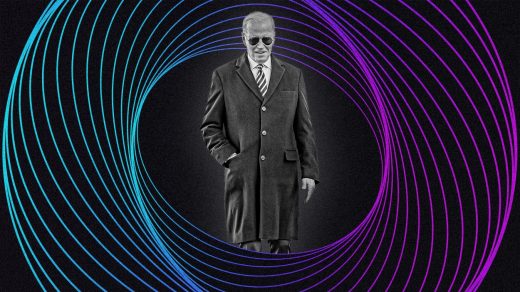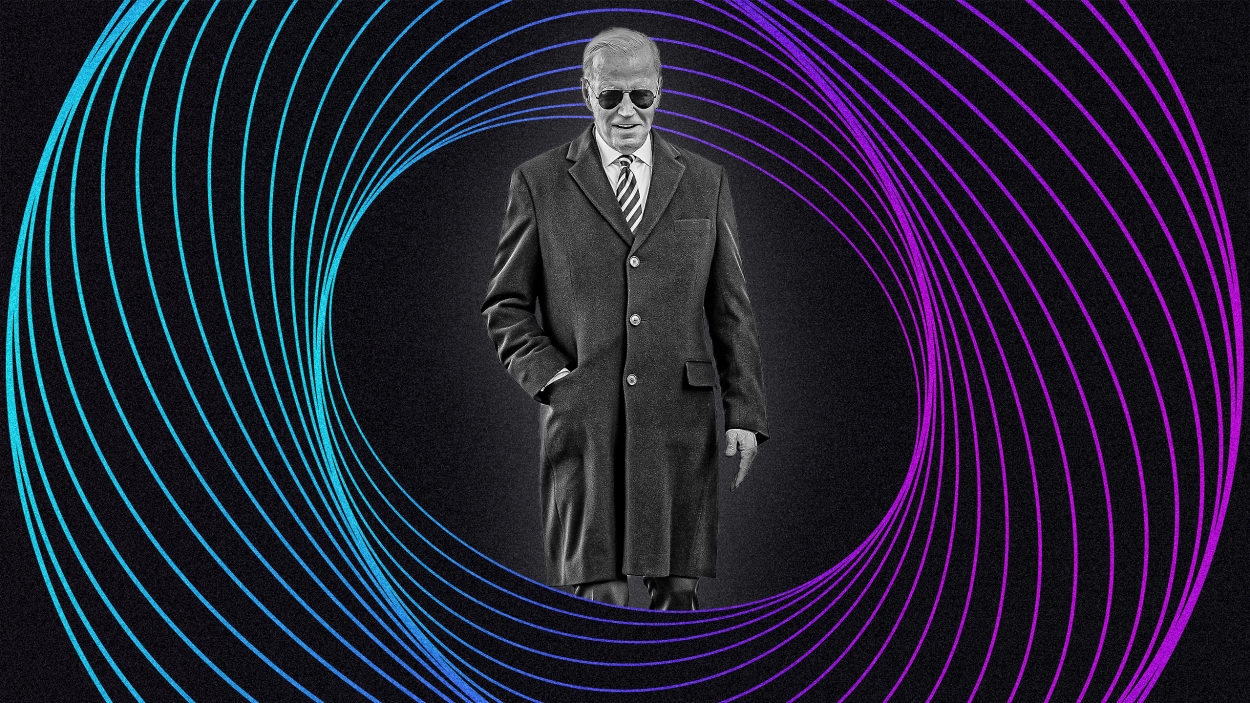Biden is cracking down on gas cars, but is America ready for this many EVs?
The Environmental Protection Agency’s new car-pollution rules, proposed on Wednesday, represent one of President Biden’s most aggressive policies to tackle climate change to date. If enacted, the tailpipe standards would have the effect of making U.S. emissions standards so strict over the next decade that electric vehicle sales would climb radically—from 5.8% of vehicles sold last year, to an estimate of 64% to 67% by 2032. At a press conference Wednesday, EPA Administrator Michael Regan called the regulations “the strongest-ever federal pollution standards for cars and trucks.”
Ultimately, the Biden administration claims it could cut car exhaust in half. The proposed regulations are the latest in a yearslong push to make America’s car industry greener. Early in his presidency, Biden declared: “The future of the auto industry is electric. There’s no turning back.” The EPA’s proposed rule change is evidence that the administration is sticking with that—but transforming America into a country where there are no gas engines in two-thirds of all new cars sold will be a bumpy ride, which requires addressing several challenges of EVs.
Price
For the month of February, Kelly Blue Book says the average cost of an EV in America was $58,385. The average nonluxury car sold for $44,697, while the average compact car was less than half of an EV, at $26,622. Tesla’s Model 3, its cheapest car, currently starts at $42,990. It’s true that EV sticker prices are falling faster than are gas-powered car prices, which are still coasting on their pandemic high. But to put both in perspective, Cars.com recently surveyed American consumers; more than half said they have plans to purchase a new car, but one-quarter of them said they expect to spend less than $20,000 on it. Making a disruptive type of vehicle the new industry norm, meanwhile, involves tremendous expense, starting with scrapping the old manufacturing process. Some critics argue they don’t see how automakers will be able to mass-produce EVs without passing those additional front-end costs onto consumers.
Fuel efficiency
On average, EVs still travel barely half as far as gas-powered vehicles before needing to be recharged. According to 2021 Department of Energy numbers, a standard gas-powered vehicle can travel 403 miles, while a standard EV can go for 234 miles. That complicates trips in ways that may make average Americans uneasy. As Car & Driver has noted, EVs’ limited range can be a hangup: “Whether or not you make it to the next public charging spot, are able to complete your daily commute, or are instead stranded on the side of the road, depends on it.”
Chargeability
The Biden administration is dumping billions of dollars into building brand-new charging stations along U.S. highways. And Tesla just announced that it would open up “select” supercharger stations to non-Tesla vehicles. However, adding enough plugs for an army of EVs to roam cross-country still has to get around other obstacles, from city zoning rules that must be updated, to urban real estate prices being too high for developers to agree that charging stations are the most economical use of space. Some cities—especially in California, including San Francisco and Los Angeles—are leading the way in installing charging stations. But rural interstates are another thing entirely. And even EV drivers in America’s most populous city are facing a shortage: New York has said it needs at least 40,000 ports by 2030 to satisfy demand, but currently only has more than 1,360.
Availability
The auto industry’s EV sector is growing fast, but still very small, and this is creating pent-up demand. Per research by the trade magazine Electrifying.com, the average new EV wait time currently stands at 24 weeks, or essentially half a year. Some Tesla fans put deposits down for Cybertrucks back in 2019. Production of cybertrucks is now delayed until the start of 2024, and last May, Elon Musk warned, “We have more orders of the first Cybertrucks than we could possibly fulfill for three years after the start of production.”
Incentives
The Biden administration understands that convincing consumers to buy a new EV off the lot, and not a used gas-powered car, requires some incentives. That’s why the Inflation Reduction Act set aside billions in tax credits and other incentives. Under it, Americans who buy EVs can receive a tax credit of up to $7,500. But even this has hit roadblocks lately: New rules aimed at punishing China have a side effect of making many EVs ineligible for the tax credit. They require batteries to, for the most part, be manufactured in the U.S. or a country that’s in a free-trade agreement with America. Yet a whopping portion of EV-battery components are Chinese. Today, China has more battery-production capacity than the rest of the world combined—about 77% of total capacity, including 6 of the top 10 battery makers. Asked in March how many vehicles the tax break would ultimately apply to, given this twist, the Biden White House said it couldn’t give a specific number.
(20)



